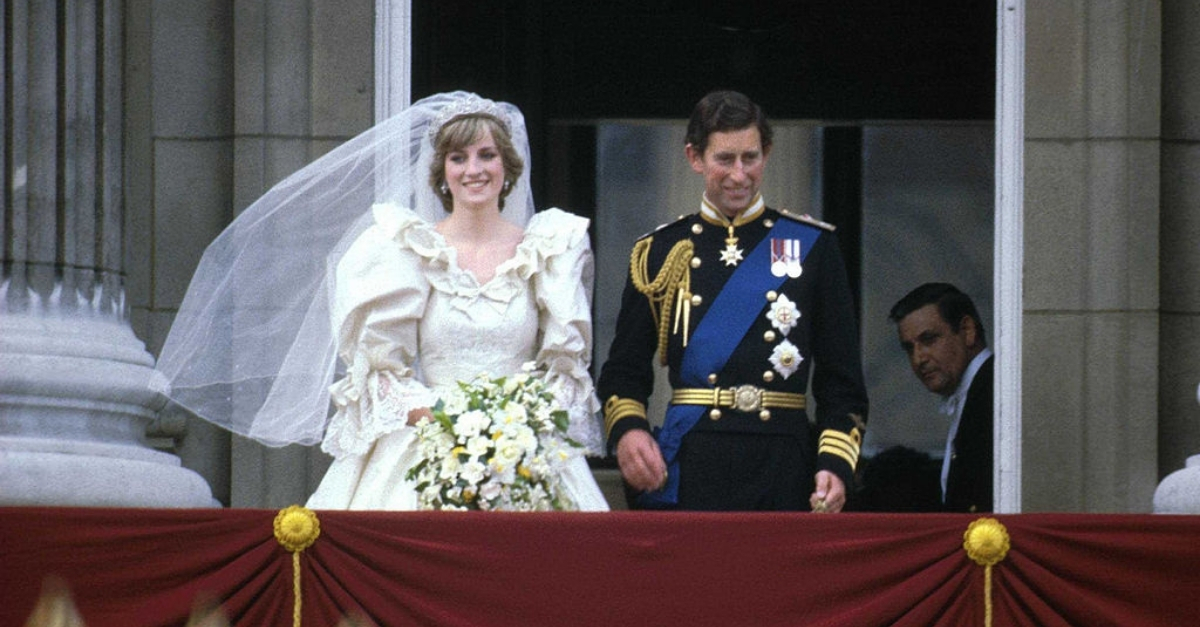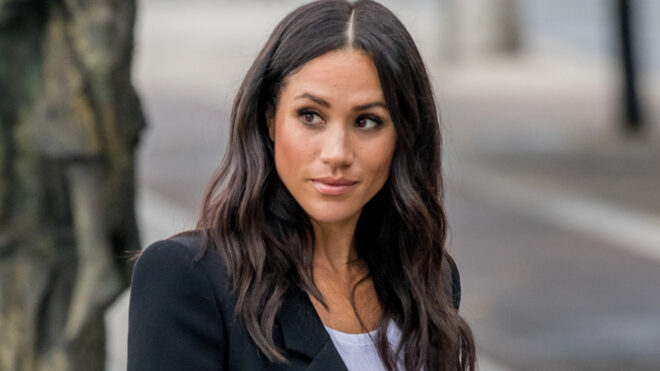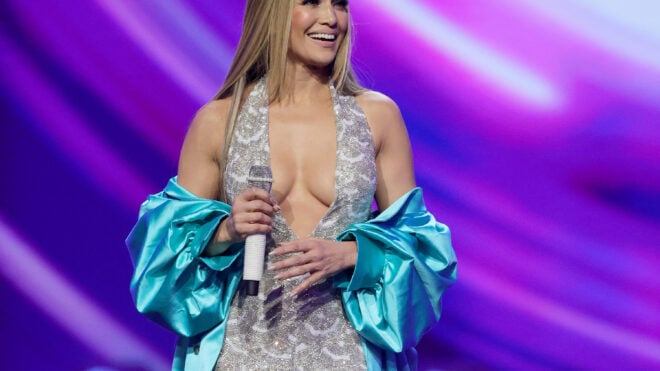
On November 15, 2020 The Crown brought us season four of the addictive royal drama.
Fans had eagerly awaited the season, which focused largely on the relationship between Prince Charles and Diana Spencer. The iconic duo served up the most drama in a royal relationship since Henry VIII's messy marriages.
Today, a lot of the looks back on Diana and Charles are solemn ones, filled with the knowledge of hindsight. For the brief period of love Charles and Diana felt for each other, there was also a lot of heartbreak and sadness. It was tough on both of them for different reasons. Granted, not everyone feels those reasons were good ones. Still, underneath all the royal glitz and glam, they were still two deeply flawed people.
We're likely to see a combination of the two narratives in The Crown's retelling. One of the biggest moments to come is the re-creation of Charles and Diana's wedding. So many people recall waking up and watching the July 29, 1981, nuptials like it was yesterday. It hardly feels like it was nearly 40 years ago.
In anticipation of that, let's look back at all the different details that made Charles and Diana's wedding a worldwide cultural phenomenon.
On July 29, 1981, Prince Charles and Diana Spencer were married in what was called the wedding of the century. Such a lavish event hadn't been seen in decades. There were a lot of special circumstances around the wedding and the marriage that made it such a huge deal for people around the globe.
It was declared a national holiday.
Charles and Diana's wedding day was literally considered a national holiday in the UK. It was so important to all parties involved that the entirety of the UK felt like they were part of the day's celebrations. The same thing would be done when Prince William married Kate Middleton in 2011.
There was a substantial age difference.
There were rumors that Charles was looking for a bride for a long time. People grew concerned about his prospects as he got older, but Charles didn't. He knew his requirements for a bride would leave him with his pick of young aristocratic ladies. There were 13 years between him and Diana. They married when she was 20 and he was 33.
Diana wasn't royalty.
Though she wasn't exactly a commoner, Diana was the first British citizen to marry an heir to the throne in 300 years. It made people feel extra-invested in the fairy-tale wedding-ness of it all. Young women felt like anyone could be swept off their feet by a charming prince.
Guests got political with their RSVPs.
All European leaders were invited to the nuptials, but they didn't all show up. King Juan Carlos and Queen Sofia of Spain said no because of the newlyweds' plans to board at Gibraltar for their honeymoon, which was a subject of conflict at the time, between England and Spain.
Greek President Konstantinos Karamanlis declined because he was upset that Constantine II of Greece, the monarch in exile who was friends with Charles, had been invited as "King of the Hellenes."
Irish President Patrick Hillery also turned down his invitation, due to the conflict over Northern Ireland.
It's worth noting that for such an extravagant wedding with such a large crowd, Diana was reportedly limited to inviting just 100 people.
Her wedding gown was unlike any other.
The most exciting part of a wedding, for many people, is checking out the bride's dress. Diana's did not disappoint. The ivory taffeta silk gown was created by husband-and-wife team Elizabeth and David Emanuel. It was embroidered with 10,000 pearls. Its iconic 25-foot-long train changed the game for wedding dress designers, who would be making replicas for years to come. The dress even included a square of Carrickmacross lace that once belonged to Queen Mary.
It wasn't at Westminster Abbey.
Even the location where the couple exchanged vows had little precedent. Charles and Diana were married at St Paul's Cathedral in London. It was the first time a royal wedding had been held there since Henry VII's son Arthur married Catherine of Aragon in 1501.
It's still the most expensive royal wedding in history.
It was no surprise that Charles and Diana's wedding was the most expensive back in the '80s, but surely with inflation and extravagance, someone would have beat them by now … right?
Not quite. Charles and Diana's wedding cost £57 million. William and Kate's 2011 nuptials cost around £23.7 million. Harry and Meghan came a bit closer in 2018, but still spent just £32 million.
Diana refused to obey.
Diana was the first woman in a royal marriage to remove the word "obey" from her vows when reciting them from the Book of Common Prayer. It was a matter that was controversial, even though Charles totally agreed with her. The tradition would continue with William, Harry, Eugenie, and Beatrice.
We know they both had reservations about going through with it.
We've learned a lot about the dynamics between Charles and Diana in the years since. When you look at the entirety of their wedding, one of the most captivating things is that all this pomp and celebration surrounded a couple who were not all that sure of themselves.
In Sally Bedell Smith's 2017 book Prince Charles: The Passions and Paradoxes of an Improbable Life, she revealed that Charles had a lot of anxiety over it the night before the wedding. He had felt pressured into proposing and still had strong feelings for Camilla.
Diana also talked about her own apprehensions. During a recent interview, Diana's astrologer, Penny Thornton, recalled her saying that Charles had leveled with her that he didn't love her.
"One of the most shocking things that Diana told me was that the night before the wedding Charles told her that he didn't love her," she said.
"I think Charles didn't want to go into the wedding on a false premise. He wanted to square it with her and it was devastating for Diana."
"She didn't want to go through with the wedding at that point, she thought about not attending the wedding."




